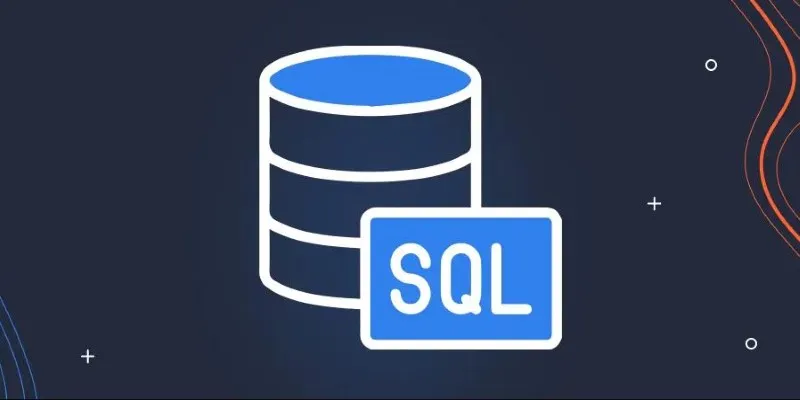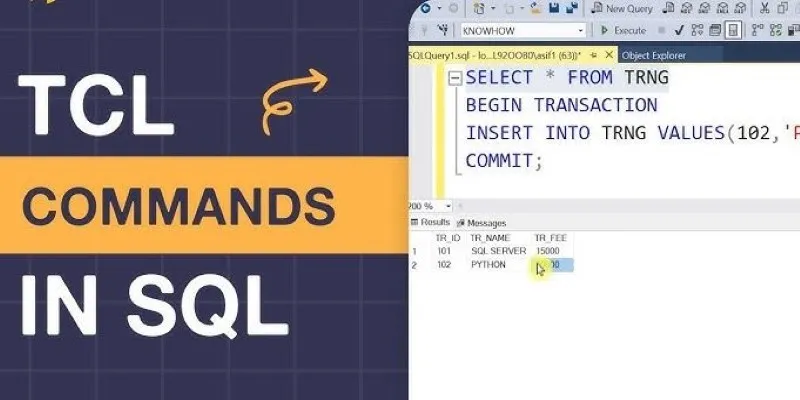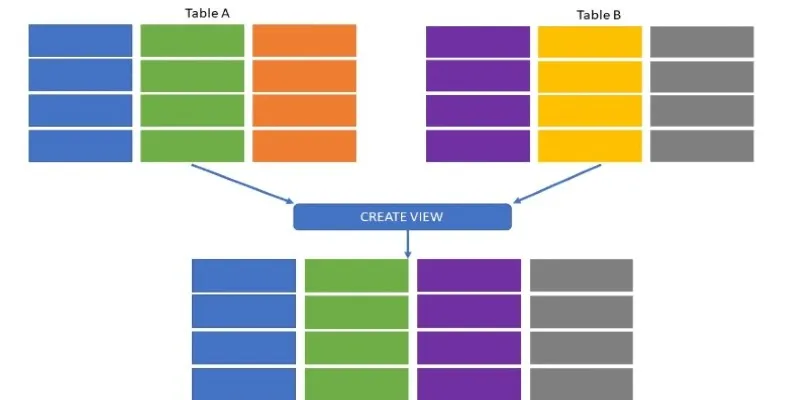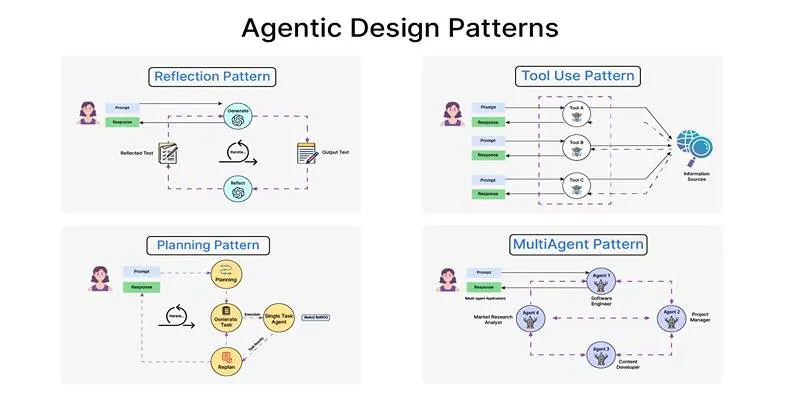SQL isn’t just about querying—it’s about shaping data into stories. But not every story follows a straight path. Sometimes, you want to count only shipped orders or total up values that meet a specific condition. That’s where conditional aggregation in SQL shines. It gives you a way to apply filters inside your aggregation functions, letting you customize summaries without writing multiple queries.
Instead of filtering first, you control the logic during the aggregation process. This article walks through what conditional aggregation is, how it works, and why it matters—all in plain, practical language with real examples to ground the concept.
What Is Conditional Aggregation in SQL?
At its core, conditional aggregation in SQL refers to using conditions inside aggregation functions. Rather than filtering data before aggregation (with WHERE), you apply conditions during aggregation. This approach is especially useful when working with grouped data, and you want to calculate multiple values from different subsets in the same query.
Let’s say you’re running a sales report for a retail business. You want to know how much revenue was generated by online orders versus in-store orders. You could write two separate queries—or you could use conditional aggregation to do it in one go.
This works by combining CASE expressions with aggregation functions. The CASE
statement acts like an inline filter that determines what values get included
in the aggregation. So when you write something like SUM(CASE WHEN order_type = 'Online' THEN amount ELSE 0 END), you’re telling SQL to only include
certain records when summing.
The beauty here is efficiency. Instead of splitting logic across multiple queries or application code, you handle it right where the data lives—in the database. And because SQL executes it all in one pass, performance tends to be better, too.
How Conditional Aggregation Works Behind the Scenes
To understand the flow, let’s walk through a practical example. Suppose you have a table called orders with the following fields: order_id , customer_id , order_type , amount , and status.

A simple use case is finding the total amount spent by each customer, broken down by order type (online vs in-store). The query might look like this:
SELECT
customer_id,
SUM(CASE WHEN order_type = 'Online' THEN amount ELSE 0 END) AS online_total,
SUM(CASE WHEN order_type = 'InStore' THEN amount ELSE 0 END) AS instore_total
FROM
orders
GROUP BY
customer_id;
This is classic conditional aggregation in SQL. You’re using the CASE logic to determine which rows get included in each SUM. And because you’re grouping by customer_id , SQL gives you a summarized view per customer.
Let’s break that down further:
- The GROUP BY clause creates a partition of data per customer.
- The CASE expression inside SUM inspects each row in the group and returns the amount only when the order_type matches.
- All the matched values are summed up, and unmatched rows effectively contribute zero to the total.
You can swap in other aggregation functions, too. For instance, COUNT(CASE WHEN ...), AVG(CASE WHEN ...), or even MAX and MIN. The CASE logic
gives you full control over what gets counted or computed.
A common mistake is trying to use WHERE to filter instead of CASE. But WHERE works before grouping, while CASE inside aggregation works after grouping—giving it more flexibility in summaries.
Why Conditional Aggregation Matters
The true strength of conditional aggregation in SQL lies in how it handles real-world reporting challenges with precision. Often, you need to view metrics side by side—like comparing active versus inactive users or sales during promotions versus regular sales periods. While subqueries can get the job done, they tend to be bulky and slower. Conditional aggregation simplifies the process with a single, efficient query.
Imagine you’re reviewing support tickets. Your tickets table includes ticket_id , priority , and resolution_time. If you want to compare the average resolution time for high-priority and low-priority tickets, conditional aggregation makes that easy:
SELECT
agent_id,
AVG(CASE WHEN priority = 'High' THEN resolution_time END) AS avg_high_priority,
AVG(CASE WHEN priority = 'Low' THEN resolution_time END) AS avg_low_priority
FROM
tickets
GROUP BY
agent_id;
Notice the absence of ELSE 0 —and for good reason. Including zero would skew the average. By omitting it, unmatched rows yield NULL , which AVG ignores, preserving accurate results.
This technique is invaluable in dashboards. Whether you’re reporting canceled orders, monthly sales, or return rates, a single query can deliver it all. It’s also perfect for churn analysis, cohort tracking, A/B testing, and performance summaries—anywhere precise data segmentation is key.
The best part? This approach keeps your SQL DRY (Don’t Repeat Yourself). Instead of writing multiple SELECTs or JOINs, you let a single query handle everything cleanly.
Using Conditional Aggregation with Joins and Subqueries
Conditional aggregation doesn’t operate in isolation. It works especially well when combined with joins and subqueries, letting you summarize data across relationships in a single, clean query.

Imagine you have two tables: users and purchases. You want to know how much each user spent on eco-friendly products versus regular ones. This is how you’d do it:
SELECT
u.user_id,
u.username,
SUM(CASE WHEN p.is_eco_friendly = 1 THEN p.amount ELSE 0 END) AS eco_spend,
SUM(CASE WHEN p.is_eco_friendly = 0 THEN p.amount ELSE 0 END) AS regular_spend
FROM
users u
JOIN
purchases p ON u.user_id = p.user_id
GROUP BY
u.user_id, u.username;
Here, SQL conditional sum is used inside a JOIN, allowing you to retain user- level context while pulling in conditional totals. You could even expand this logic with subqueries—filtering by date, region, or product category—without changing your overall structure.
Want more detail? Nesting CASE statements can let you label or bucket values on the fly. Just be careful with formatting. The more complex your logic gets, the more important it is to write clean, well-structured SQL that’s easy to read and maintain.
Conclusion
Conditional aggregation in SQL helps you extract meaningful summaries from complex data without writing multiple queries. It allows for precise control using simple CASE logic, making your results both efficient and insightful. Whether you’re breaking down metrics by category or analyzing behavior across groups, this technique keeps your queries clean and powerful. Once you start applying it, you’ll find it becomes second nature—an essential part of your SQL toolkit for producing smarter, sharper, and more relevant reports.
 zfn9
zfn9





















